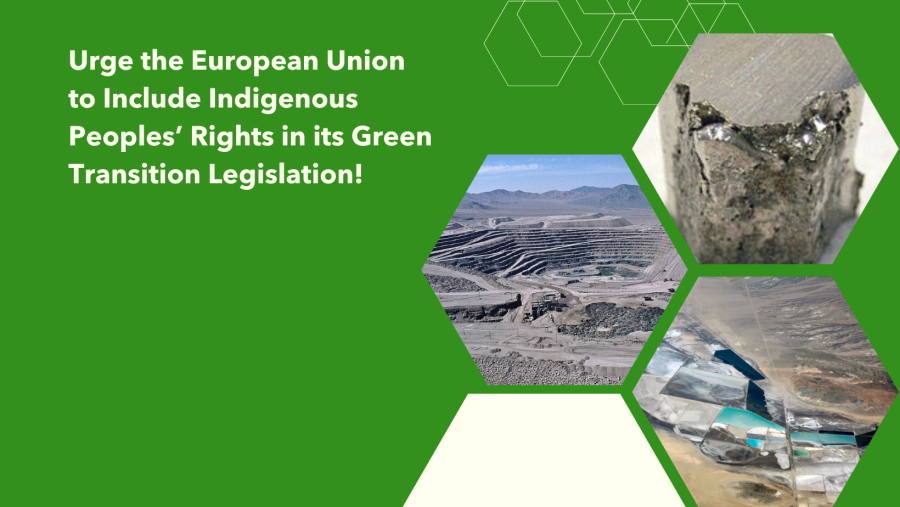In July, the United Nations Working Group on Indigenous Populations met successfully with several hundred indigenous leaders, activists, lawyers, and government representatives in Geneva to complete the Draft Declaration on the Rights of Indigenous Peoples, under development for eight years. The Working Group agreed to include a statement on indigenous peoples' right to self-determination, renewing to some degree indigenous peoples' faith in the UN process.
Self-determination was the most contentious issue on the Working Group's two-week agenda. Indigenous peoples insisted that the draft declaration affirm their right to self-determination, while many governments - including Canada, Brazil, New Zealand, Sweden, the United States, India and Burma - opposed its inclusion, fearing that it would spawn indigenous movements for independent states.
For several years, the Working Group sought to develop compromise language that would suit indigenous peoples and governments, leading to an effective stalemate. According to Russell Barsh, representative of the Four Directions Council, the Working Group was left with essentially two choices. It could work to build a consensus among governments for a politically-acceptable draft document, or it could adopt indigenous peoples' recommended language and let them defend the declaration before the General Assembly later this year. The Working Group chose the second option.
While this represents a significant victory for indigenous peoples, they are concerned that influential governments will vote against the draft when it reaches higher levels of UN decision-making. However, many indigenous activists believe that it's more important - even if far less acceptable politically - to have a strong declaration that safeguards self-determination and other fundamental rights than a watered-down text restating minimum standards that already exist elsewhere.
It is crucial that the right of self-determination appear in the draft declaration because this right is not yet protected in any international document, declaration, or other legal instrument. Barsh noted, "Our support for the final text was based on our understanding that we needed immediately an international convention that would state minimum rights so that we would have a floor below which we could no longer fall."
Because of time constraints, there was no opportunity to finalize language on the other forty-one articles of the draft declaration before the two-week session closed. At the session's end, there were in fact two potential versions of Article 29, which defines indigenous peoples' right to self-determination - with indigenous participants submitting one of them. Whereas one version states that indigenous peoples "have the right to autonomy or self-government in matters relating to their internal and local affairs," the text that indigenous participants recommended goes much further, stating that indigenous peoples have the right to govern themselves and determine their own social and political relations. It places far more emphasis on indigenous peoples' control of their own lands and resources - an extremely controversial demand.
Recognizing the inherent conflicts between states and indigenous peoples, many people in Geneva sought to emphasize the importance of the Draft Declaration's philosophical thrust over its precise terminology. S. James Anaya, a lawyer with the Indian Law Resource Center, said, "As it stands now, with the new language on self-determination which mirrors the International Covenant on Civil and Political Rights, it is quite a good text... This is a declaration, not a legal code."
One of the top priorities in the coming months will be to increase indigenous peoples' representation and participation in the UN system. Indigenous activists will use the platform of the International Year and the proposed UN International Decade for the World's Indigenous Peoples to campaign for a UN Commission on the Indigenous Peoples - or another high-level, permanent decision-making body - with full indigenous representation. They will also continue to work to establish a formal mechanism for monitoring the human rights situation of indigenous peoples.
Indigenous participants in the decade-long Working Group process are now focusing their attention on how to push the declaration through the United Nation's Commission on Human Rights and the General Assembly. "Our main concern now is that the Draft Declaration will be sandbagged by the Commission (on Human Rights)," said Barsh. "The only way we can prevent that is to get the declaration so much visibility at this fall's General Assembly that governments are under scrutiny at the Commission. They must encounter public and press pressure not to tamper with the text."
Indigenous rights activists have very little time to generate support for the current draft. Once the draft declaration reaches the UN Commission on Human rights in February 1994, indigenous peoples will be unable to prevent government from revising and deleting the document's language. UN rules limit indigenous participation at that meeting to speaking and making proposals, and require the commission to delete any item in the Draft Declaration if a member government opposes it.
Article copyright Cultural Survival, Inc.



